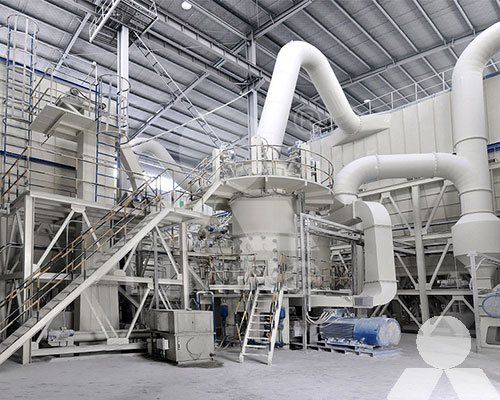Wiki
Last Updated :2023-07-03 Views:422
What Are The Advantages Of Vertical Roller Mill?
Vertical roller mill is a grinding equipment widely used in the cement industry, mining industry, and other industrial sectors. It offers several advantages over traditional ball mills and other grinding mills. Here are some of the advantages of vertical roller mills:

- High grinding efficiency: VRM utilizes the principles of material bed grinding, which allows for a higher grinding efficiency compared to ball mills. The material is ground between the rollers and the grinding table, providing a larger contact area and better grinding action.
- Energy efficiency: Vertical roller mills typically have lower energy consumption compared to ball mills. The grinding process in a VRM is more efficient as it uses the energy from the rollers and the rotating table to crush and grind the raw materials. This can lead to significant energy savings in the long run.
- Drying capability: Vertical roller mills have built-in drying capabilities, allowing them to handle materials with high moisture content. The hot gas from the kiln or preheater can be used to dry the raw materials during the grinding process. This eliminates the need for a separate drying process and reduces the overall energy consumption.
- Flexibility and versatility: Vertical Roller Mill can be used for various types of materials, including cement raw materials, coal, slag, and more. They can handle different feed sizes and product fineness requirements, making them a versatile choice for grinding applications in different industries.
- Compact design and space-saving: Vertical roller mills have a relatively compact design compared to traditional ball mills, making them suitable for installations with limited space. They can be easily integrated into existing production lines or new plant constructions.
- Low maintenance and wear: Vertical Roller Mill have fewer moving parts compared to other grinding mills, resulting in lower maintenance requirements. The wear parts, such as grinding rollers and grinding table liners, can be easily replaced, prolonging the operational life of the mill.
- Improved product quality: Vertical roller mills produce a more uniform and controlled product quality compared to ball mills. The grinding action is more efficient and stable, resulting in a consistent particle size distribution and better product fineness.
- Environmental benefits: Due to their lower energy consumption and drying capabilities, Vertical Roller Mill contribute to reduced greenhouse gas emissions and a smaller carbon footprint compared to traditional grinding mills.
It’s important to note that while vertical roller mills offer many advantages, the specific benefits may vary depending on the application and operational conditions. Factors such as feed material characteristics, desired product fineness, and plant-specific requirements should be considered when evaluating the suitability of a vertical roller mill for a particular grinding process.









